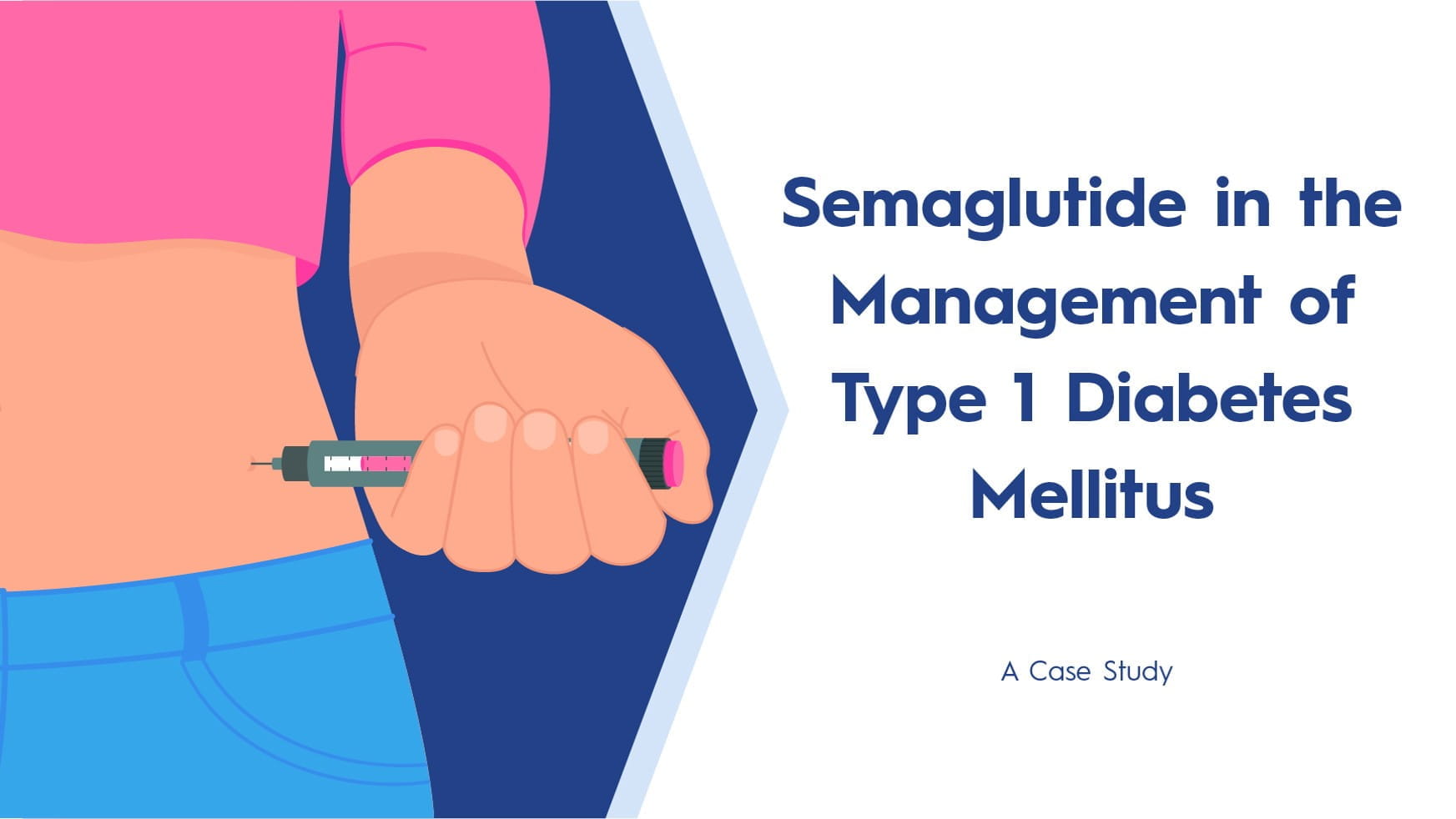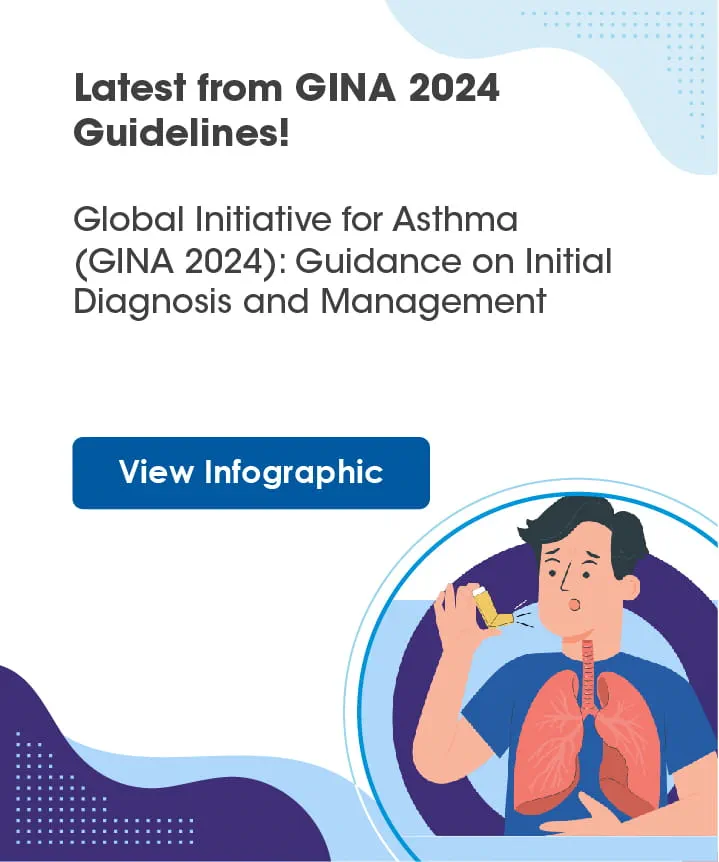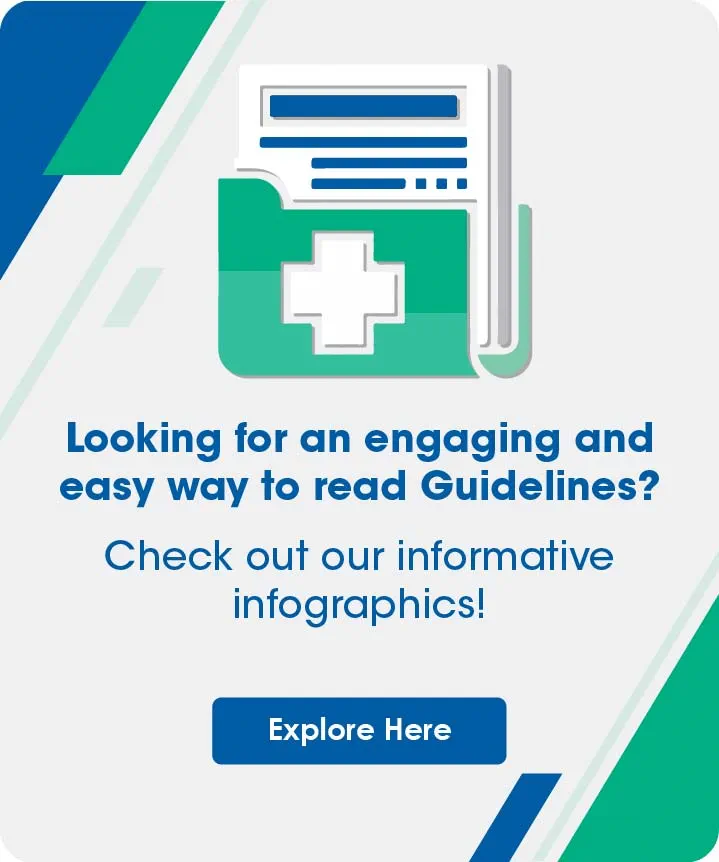Among patients with new-onset cardiovascular disease, how often do you find co-existing depression and hypertension?
Hey there! Welcome!
Get updated on
Select Speciality
Top Picks
18 Jul, 25 ADA 2025
ADA 2025
The phase 2b BELIEVE trial found that combining semaglutide with bimagrumab significantly reduced fat mass (−45.7%) while largely preserving lean mass (−2.9%). The combo outperformed either drug alone in weight loss efficacy and biomarker improvements. Though LDL cholesterol rose transiently, safety signals were manageable. Bimagrumab may offer a novel adjunctive or maintenance obesity therapy.
18 Jul, 25 ESHRE 2025
ESHRE 2025
A healthy gut microbiota (low F/B ratio) was linked to higher cervicovaginal IL-4 and IL-10 levels in those with adverse vaginal microbiota. Gut dysbiosis was associated with inflammatory responses in euploid miscarriage. Findings suggest gut–vaginal–immune interplay may impact pregnancy outcomes.
18 Jul, 25 J Hum Hypertens.
J Hum Hypertens.
Middle-aged & older adults with both hypertension & depression had over twice the risk of developing CVD (aOR 2.2) & a 52% higher risk of all-cause mortality than those with neither condition. Risk was also elevated in those with hypertension alone (aOR 1.94 for CVD; 1.41 for mortality) & depression alone (aOR 1.57; 1.02). Higher depression severity further amplified these risks, irrespective of hypertension status.
18 Jul, 25 Diabetes Care.
Diabetes Care.
A shift from normal childhood BMI to overweight in adulthood raised the odds of stage 2 (OR 5.19) and stage 3-4 (6.70) CKM syndrome in midlife vs. those with persistently normal BMI. These individuals also had greater risks of diastolic dysfunction, subclinical kidney damage & metabolic abnormalities. Those with higher childhood BMI that normalized by adulthood had similar risks to those with persistently normal BMI.
18 Jul, 25 Clin Exp Dent Res.
Clin Exp Dent Res.
Pregnant women with pre-eclampsia showed higher Decayed, Missing, and Filled Teeth (DMFT) scores (11.70 vs. 9.21) and dental plaque values (Plaque Index [PI]) (33.26 vs. 28.30) compared to healthy controls. The odds of pre-eclampsia rose by 19% with each unit increase in DMFT and by 5% with every point rise in PI. Integrating oral health check-ups into antenatal care may lower associated risks.
18 Jul, 25 JAMA Dermatol.
JAMA Dermatol.
New research involving 878 atopic dermatitis patients highlighted that a higher number of annual flares, especially more than 10 episodes, was connected to worse disease severity and reduced quality of life in the subsequent year. Machine learning models identified flare severity, duration, and frequency as the major drivers of AD severity, which in turn strongly predicted annual flare frequency.
18 Jul, 25
Featured

17 Jul, 25

15 Jul, 25

24 Jun, 25















